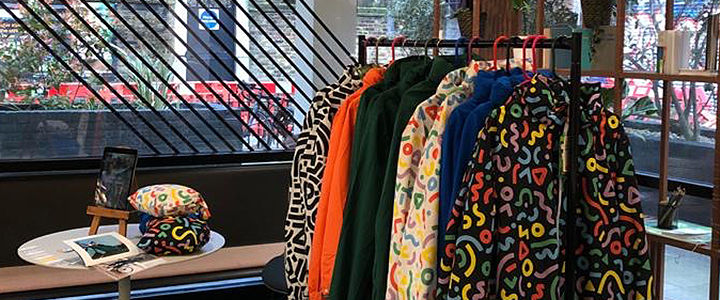What are the advertising requirements for influencers?
- Rosie Burbidge
- Feb 23, 2021
- 2 min read
Updated: Oct 31, 2023

Influencers are advertisers. This has been clear for some time. But now influencers are trending for the wrong reasons as the Advertising Standards Authority starts to clamp down on the use of filters for beauty products and failure to identify paid content.
Use of filters
Advertisers should not use filters on photos promoting beauty products on Instagram if the filters are likely to mislead or exaggerate regarding the effect the product was capable of achieving. This was the clear finding of the ASA in not one but TWO recent rulings.
The first complaint concerned two stories by influencer Elly Norris, which were reposted on the Skinny Tan Instagram account. Elly Norris had created the stories herself. Although Skinny Tan had sent her the product for free there was no formal commercial relationship. When making the Instagram posts, Norris applied an in-app filter called “Perfect Tan” the photos. As you can imagine, this filter transformed the images.
The ASA said the filter was “directly relevant” to the claimed performance of the product as it resulted in a significantly darker skin tone. The Instagram ads therefore “misleadingly exaggerated the results the product could achieve and breached the Code”.
The second case concerned an Instagram story by influencer Cinzia Baylis-Zullo promoting We Are Luxe t/a Tanologist Tan. She used a filter called “Yourbeauty by giorgiopivaa” which, she claimed, added freckles.
We Are Luxe Ltd argued that the video was a demonstration of how to apply the product and not a description of its efficacy... the ASA disagreed.
The ASA found that although the use of filters was not inherently problematic, advertisers of cosmetics products needed to take particular care. The “overall impression” of the ad was that it demonstrated the effects of the product, and the application of the filter “gave a misleading impression about the performance capabilities of the product”.
Identifying paid content
Boohoo was recently reminded of the importance of clearly identifying paid content - this time in relation to TikTok.
A TikTok post on Luke Mabbott’s account @lukemabbott, seen on 4 November 2020, featured a video of Luke Mabbott wearing two outfits. A caption alongside the video stated “Which look do you prefer” and “Outfit from @boohooman #boohooman”.
Despite being contractually required to identify the post as paid content, this did not happen and Boohoo was found by the ASA to be jointly liable for the failure.
Mr Mabbott said that the absence of an appropriate label was an oversight and that they would make similar posts obviously identifiable in future.
What does this mean?
Influencers play an increasingly important role in the fashion industry and can be very effective in advertising. However, these decisions are a reminder that companies should take care when posting or reposting stories by influencers, and to bear in mind that risks can arise even when free samples are sent out. It is important to verify that the resulting posts are clearly identified as paid content and are not misleading or exaggerated.
To find out more about the issues raised in this blog contact Rosie Burbidge, Intellectual Property Partner at Gunnercooke LLP in London - rosie.burbidge@gunnercooke.com